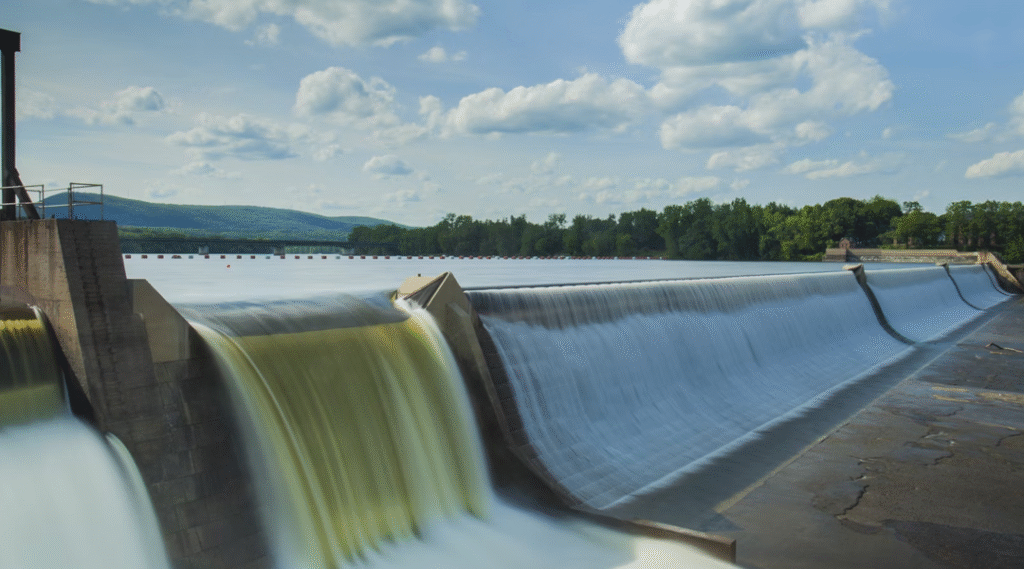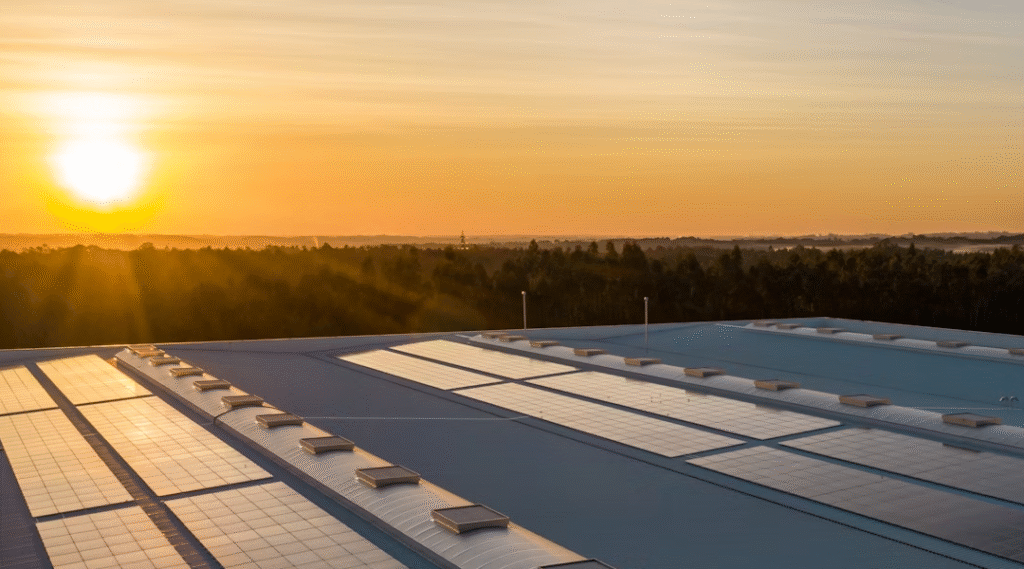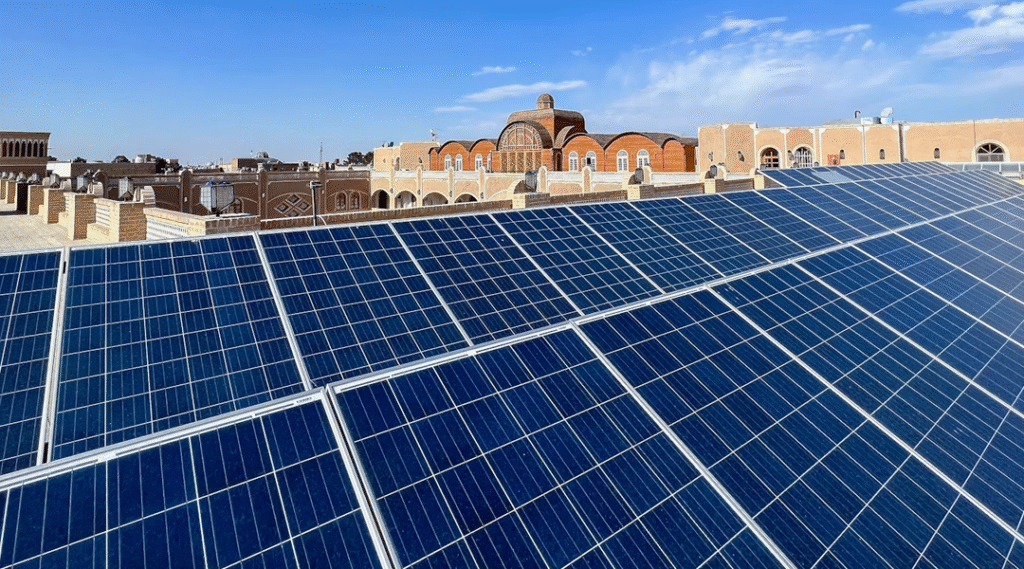As the world accelerates its transition away from fossil fuels, hydroelectric, marine and geothermal resources offer proven, low‑carbon pathways to reliable baseload and flexible power. Together, these “nature‑powered” technologies tap into gravity, tides, waves and subterranean heat to deliver clean electricity and flexibility services at global scale. This article explores the key sub‑segments—large hydro and pumped storage, marine energy (tidal, wave and ocean thermal) and geothermal systems—surveying their development histories, technical challenges and future prospects.
1. Large Hydro vs. Pumped‑Storage: The Backbone of Renewable Flexibility
Large Hydroelectric Dams
Since the early 20th century, large dams—think China’s Three Gorges or Brazil’s Itaipu—have dominated clean power generation. With installed capacities often exceeding several gigawatts, they offer exceptionally low operating costs, lifespans beyond 50 years and inertial support that stabilizes grids. Yet, their environmental and social footprint can be significant: river ecosystems are altered, sedimentation patterns change, and communities may be displaced.
Pumped‑Storage Hydro (PSH)
Complementing dams, pumped‑storage facilities serve as giant, reversible batteries. During periods of low demand (or high renewable output), excess electricity pumps water uphill into an upper reservoir. When demand peaks, water is released to drive turbines, generating power almost instantaneously. Worldwide, PSH capacity totals over 160 GW, representing roughly 95 % of all utility‑scale energy storage today. Unlike batteries, PSH systems can cycle daily for decades with minimal degradation, making them indispensable for integrating variable wind and solar resources.
However, PSH deployment faces siting and permitting hurdles: it requires significant elevation change, water availability and grid connectivity, often leading to lengthy environmental reviews.
2. Marine Energy: Tidal, Wave and Ocean‑Thermal Prospects
Tidal Energy
Tidal currents—driven by lunar and solar gravitational forces—offer predictable, cyclical power potential. Technologies include tidal barrages (dams built across estuaries), tidal fences (rows of horizontal‑axis turbines) and novel tidal kites (underwater gliders capturing high‑speed flows). The Bay of Fundy in Canada, with tidal ranges up to 16 m, represents one of the world’s richest sites. Despite proven prototypes and pilot farms (e.g., MeyGen in Scotland), high capital costs, variable turbine reliability and seabed permitting complexities have limited deployments to under 1 GW globally.
Wave Energy
Ocean waves pack immense, continuous energy. Conversion concepts range from floating buoys that oscillate against hydraulic systems to attenuators that flex with passing swells and oscillating water columns that trap and compress air. Wave energy converters (WECs) promise higher energy density than offshore wind but remain at the demonstration stage due to corrosive marine environments, biofouling and the challenge of surviving storms.
Ocean‑Thermal Energy Conversion (OTEC)
OTEC exploits the 20 °C temperature difference between warm surface water and cold deep water in tropical oceans to run a thermodynamic cycle. It can produce baseload power as well as desalinated water and air conditioning. While conceptually attractive, OTEC plants demand large heat‑exchange infrastructure and deep‑water intake pipes, driving up capital and maintenance costs. The first 10 MW demonstration at Hawaii’s Natural Energy Laboratory has operated intermittently since the late 1990s.
Collectively, marine energy could contribute tens of gigawatts by 2050 if research accelerates and costs decline through standardized manufacturing and shared marine-test infrastructure.
3. Geothermal Power: Tapping Earth’s Heat from Below
Conventional Hydrothermal Systems
Traditional geothermal plants exploit naturally occurring reservoirs of high‑temperature water or steam, typically located along tectonic plate boundaries or volcanic regions. Steam drives turbines directly (dry‑steam plants) or via a secondary fluid in binary cycles. Countries like the United States, Iceland and the Philippines have leveraged hydrothermal power for decades, with global capacity surpassing 14 GW.
Enhanced Geothermal Systems (EGS)
Due to geographical constraints, most regions lack accessible hydrothermal resources. EGS technologies overcome this by fracturing hot, low‑permeability rock deep underground (3–6 km) and circulating water to extract heat. The concept promises near‑ubiquitous geothermal potential, with heat in the upper 10 km of Earth estimated to exceed 100 000 EB (exajoules)—far more than humanity’s annual energy consumption.
Yet, drilling to extreme depths is expensive, and creating reliable fracture networks without inducing seismic events remains a technical and regulatory challenge. Pilot projects in Australia, France and the U.S. have demonstrated feasibility, but commercial‑scale EGS is still several years away.
Low‑Temperature and Hybrid Applications
On the lower‑temperature end (70–150 °C), geothermal fluids can support district heating, greenhouse heating and industrial processes. Combined heat and power (CHP) plants improve overall efficiency, while hybrid systems link geothermal with solar or waste‑heat sources to optimize output across seasons.
4. Outlook and Key Takeaways
- Mature with room to grow: Large hydro and conventional geothermal already supply significant clean baseload power; their expansion is largely constrained by site availability and environmental considerations.
- Flexibility enabler: Pumped‑storage hydro remains the dominant storage technology, crucial for smoothing wind and solar variability.
- Innovation frontier: Marine energy and EGS hold immense long‑term promise but require breakthroughs in cost reduction, materials science and permitting frameworks.
- Integration imperative: To meet climate goals, policymakers and investors must streamline licensing, support grid interconnections and fund R&D testbeds that facilitate technology scale‑up.
By advancing each of these sub‑segments—respecting their unique technical and ecological challenges—we can unlock the full power of hydro, marine and geothermal energy as cornerstones of a resilient, zero‑carbon energy system.
All articles for this special edition-Clean Energy:
(#1) The State of the Global Clean Energy Transition
(#2) Solar Power: Illuminating the Path from Rooftops to Utility-Scale Farms
(#3) Wind Energy: Onshore, Offshore & Beyond
(#4) Harnessing the Depths and Tides: A Deep Dive into Hydro, Marine & Geothermal Energy
(#5) Bioenergy & Waste‑to‑Energy: Turning Organic Residues into Renewable Power
(#6) Energy Storage & Grid Integration: Powering the Future of Clean Energy
(#7) Economics, Financing & Business Models in the Clean‑Energy Transition
(#8) Designing the Rules: Policy, Regulation, and Market Design in the Clean‑Energy Era
(#9) Environmental & Social Impacts of the Clean‑Energy Transition
(#10) Next‑Generation Clean‑Energy Innovations & the Road Ahead
As for in-depth insight articles about AI tech, please visit our AI Tech Category here.
As for in-depth insight articles about Auto Tech, please visit our Auto Tech Category here.
As for in-depth insight articles about Smart IoT, please visit our Smart IoT Category here.
As for in-depth insight articles about Energy, please visit our Energy Category here.
If you want to save time for high-quality reading, please visit our Editors’ Pick here.



